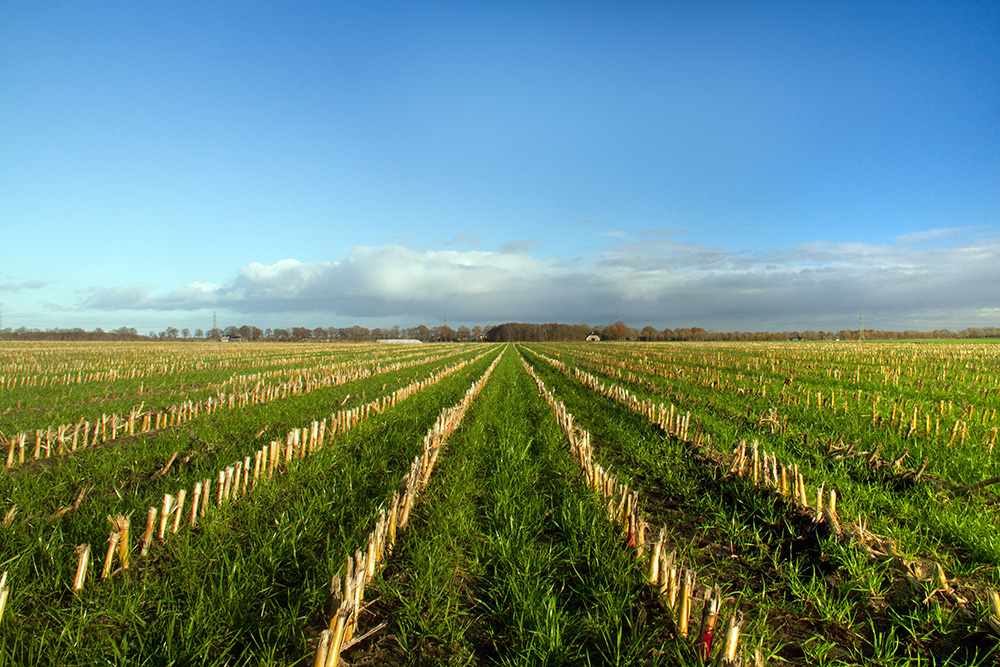
The holidays mean it’s time for cover crops
As the winter season is upon our doorstep in the northern hemisphere, everyone begins to prepare for the chilly weather. Whether it be pulling out your cold weather clothes or stocking up on ice melt, we all have cold-weather tested processes to gear us up for the next few months.
Just like us, it is recommended crop fields be prepared for the cold weather as well. To protect these crop fields, cover crops or green manure crops are planted to protect the soil that would have been otherwise bare. Planting a cover crop before winter helps to improve soil organic matter and soil fertility, suppresses cool-season weeds, helps to prevent soil erosion, and creates a better seedbed for spring planting.
The cover crops that are used for overwintering include brassicas, grains and grasses, and legumes. Although cover crops vary from region to region there are two main types of cover crops: winter-hardy and winter-killed. Winter-hardy crops survive through winter. Whether they grow or lay dormant during the winter, they will grow again in late winter. Some examples of winter-hardy crops includes winter wheat, Austrian winter peas, and crimson clover with winter rye and hairy vetch recommended in the northern US. Winter-killed crops usually die from the cold; however, they provide adequate biomass to protect the soil. Oats are the primary cover crop that are used; however, other cover crops oilseed radish, rapeseed, and field pea may also be used for overwintering.
In addition to protecting the bare soil, cover crops are being considered a runoff and erosion mitigation measurement to reduce pesticide runoff and erosion that has the potential to impact nontarget species. Specifically for endangered species. USEPA has included cover cropping in its “pick list” of runoff and erosion mitigations (ESA Workplan Update: Nontarget species Mitigation for Registration Review and Other FIFRA Actions, November 2022). By including cover crops, it will help decrease off-field movement of pesticides through runoff/erosion by reducing flow to water bodies, increasing infiltration, increasing organic carbon, and increasing pesticide degradation.
So, how can Waterborne help? Our field team conducts edge-of-field water quality monitoring of agricultural Best Management Practices (BMPs), including cover crops, to characterize the effectiveness of these practices at reducing nutrient, pesticide, and sediment loads in runoff. In addition, the risk assessment team utilizes remote sensing and GIS to identify, locate, and inventory relevant agricultural BMPs in the landscape to support exposure modeling and risk assessment. Utilizing both field and modeling data, Waterborne assists clients by helping farmers and watershed managers make informed management decisions regarding the BMPs that will be most successful in their fields or watersheds towards improving water quality and increasing farming efficiencies and profits.

Waterborne Environmental, Inc. Hired to Create Online Dashboard That Tracks Nutrient Loss Across the State of Missouri
READ MORE

Swimming with Bacteria: Water Quality Concerns at the 2024 Paris Olympics
READ MORE

The Right Tool – Multidimensional Models
READ MORE



